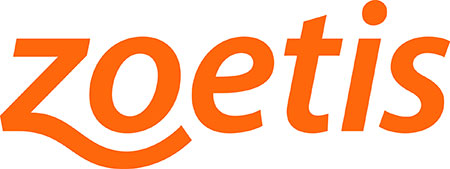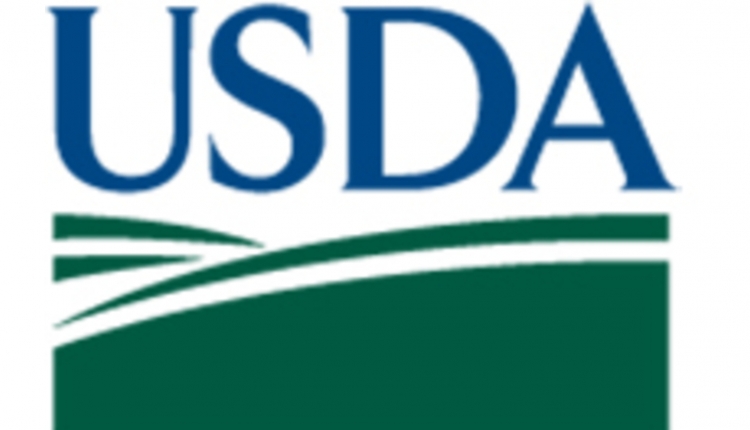
Why Respiratory Protection Is for Your Prefresh Cows, Too
By Matt Boyle, DVM, Dairy Technical Services, Zoetis
If you hear “respiratory protection,” your mind may go straight to your calves, but do you also think
about your prefresh pen?
Just like the first few days of life or at the time of weaning, prefreshening is a stressful time for cows.
That stress leads to a depressed immune system and increased susceptibility to harmful respiratory
pathogens that can put prefresh health and overall lactation performance at risk. In cattle this can open
the door to three major causes of respiratory disease: bovine respiratory syncytial virus (BRSV),
infectious bovine rhinotracheitis (IBR) virus and parainfluenza 3 (PI3) virus.
Not only do these diseases have immediate effects on your cows, but they also can have lifelong effects
on health and productivity. If you’re still wondering why you should prioritize helping adult cattle defend
against respiratory disease, consider these two major reasons that impact animal well-being and your
bottom line.
It’s vital to maintaining health and wellness — for the cow and her calf. BRSV continues to circulate in
adult cattle, many times undetected, resulting in the transfer of BRSV‑specific maternal antibodies in
unvaccinated herds.1 While those antibodies offer some defense against BRSV during a calf’s first weeks
of life, that protection is only temporary. Alternatively, vaccinating a prefresh cow against respiratory
disease gives her an antibody defense, enabling her to pass maternal BRSV antibodies along to her calf
without previously contracting the disease herself and protecting the health of both mother and baby.
It encourages positive production. One study found a significant reduction in milk yield for herds with
BRSV-related outbreaks compared with infection‑free herds.2 Diving into more specifics, BRSV
outbreaks have been found to increase somatic cell count (SCC) by more than 10,000 cells/mL per cow.2
Applying this to your herd’s production, for every 100,000 cells/mL increase in bulk tank SCC, milk yield
has been shown to decrease by 5.5 pounds per cow.*,3
So, when you’re focused on keeping your cows healthy, that provides for increased milk production.
Higher milk production can correlate with more profit — about $192 per cow per year, a study by Zoetis
and Compeer Financial found.*,3
Ready to protect your herd and your peace of mind? Discover how you can provide your prefresh cows
with respiratory protection, here.


